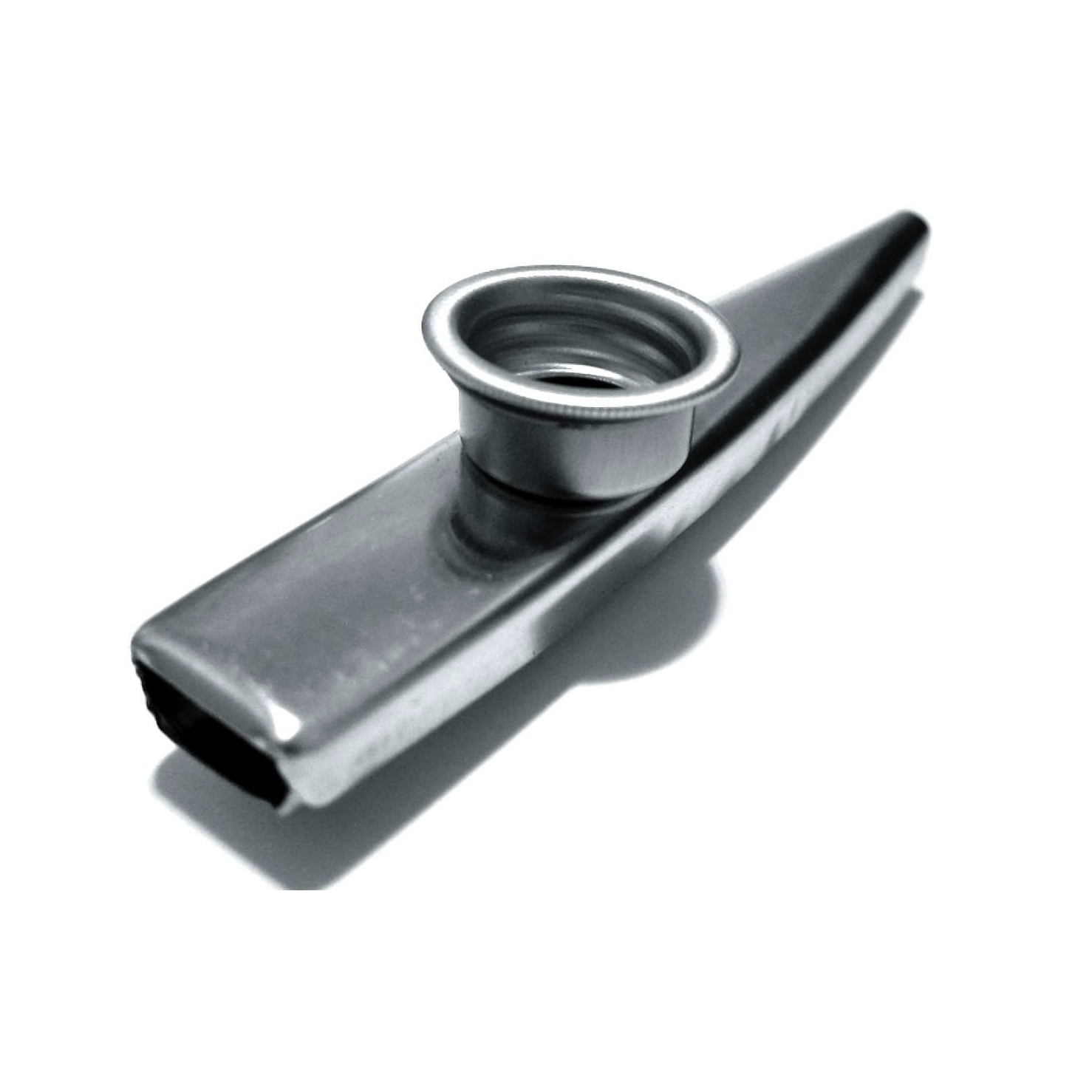Speech Prosody will take place in Chicago this year. There’s a special session on Experimental Approaches to Focus, organized by Yi Xu which promises to be interesting.
prosodylab will be represented at speech prosody with two posters in the main session. drop me an email if you’re interested in the drafts:
M. Wagner, M. Breen, E. Flemming, S. Shattuck-Hufnagel, & E. Gibson: Prosodic Effects of Discourse Salience and Association with Focus.
Abtract: Three factors that have been argued to influence the prosody of
an utterance are (i) which constituents encode discourse-salient
information; (ii) which constituents are contrastive in that they
evoke alternatives; and (iii) which constituents interact with
the meaning of focus operators such as only (i.e., they ‘associate’
with focus). One challenge for a better understanding of
these factors has been the difficulty of finding a way to evaluate
hypotheses quantitatively, since individual variation in productions
is often large enough to wash out experimental effects.
In this paper, we apply a methodology introduced in [1] which
regresses out subject and item variation, uncovering otherwise
hidden prosodic patterns that illustrate how the three factors interact
in sentences containing single or multiple foci.
Wagner, Michael & Serena Crivellaro: Relative Prosodic Boundary Strength and Prior Bias in Disambiguation
Abstract: Previous research found that the relative rather than the absolute
size of prosodic boundaries is crucial in disambiguating
attachment ambiguities [1, 2]. Furthermore, relative categorical
differences matter whereas merely quantitative ones do not
[1]. This paper presents further evidence that relative boundary
strength is indeed what is crucial, but, contrary to earlier findings,
gradient quantitative differences in boundary rank affect
parsing decisions in gradient ways. Furthermore, varying the
plausibility of a given reading in a given context shifts the perceptual
boundaries between different phrasings such that quantitatively
stronger prosodic cues are necessary to counter-act a
prior bias against it.
